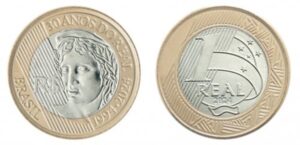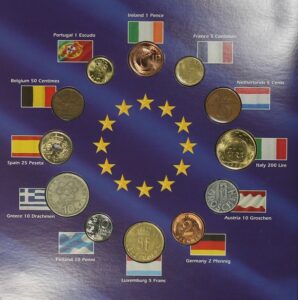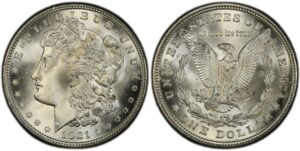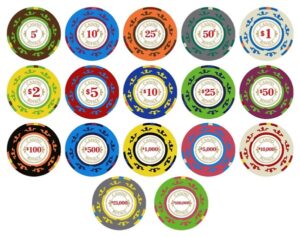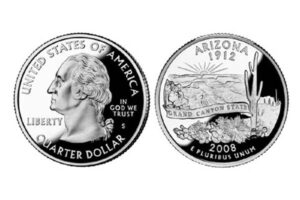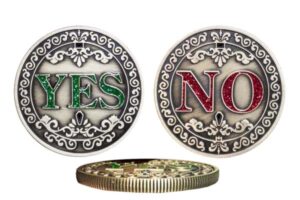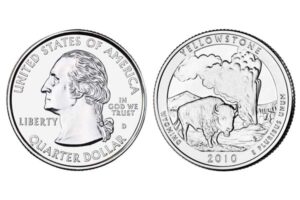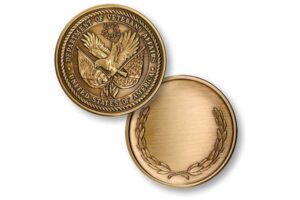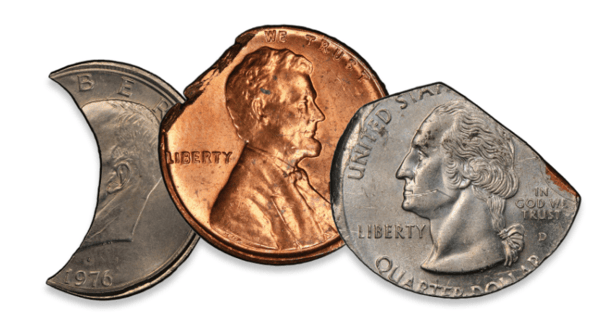
I first noticed clipped coins when a collector showed me a George Washington quarter with suspiciously smooth edges. The damaged coin sparked my curiosity - why would anyone alter currency this way? Let's explore the legal and historical aspects of coin mutilation.
Coin clipping refers to illegally shaving precious metals from coin edges. In the United States, Title 18 Section 331 of U.S. Code explicitly prohibits defacing coins with penalties up to $10,000 fine and 5 years imprisonment.
This practice isn't just modern vandalism. Let me walk you through its surprisingly royal origins and why those ridges on your coins matter more than you think.
Why is coin clipping1 bad?
Coin clipping destroys historical value and economic trust. When I inspected a 1792 half disme for a client, the missing silver content from edge shaving reduced its value by 87%.
Clipping coins reduces metal content, destabilizes currency systems, and enables counterfeiting. Modern reeded edges2 act as both security feature and historical safeguard against precious metal theft.
3 key impacts of coin clipping:
- Economic Impact
Reduces actual value vs face value - Collector Impact
Makes authentication difficult - Legal Impact
Triggers felony charges in most countries
| Clipping Method | Detection Difficulty | Typical Coin Targets |
|---|---|---|
| Manual Filing | Moderate | Silver dollars |
| Machine Milling | High | Gold bullion coins |
| Chemical Erosion | Extreme | Ancient coins |
Who invented coin edges?
The solution came from England's Royal Mint. While examining Isaac Newton's mint records (yes, that Newton), I discovered his 1696 memo about "ridged crowns to foil clippers."
Sir Isaac Newton introduced reeded edges as Master of the Mint in 1696. This innovation combined security and practicality - ridges made clipping detectable while improving coin stacking.
Edge evolution timeline:
- Ancient Coins (pre-1500): Plain edges
- Spanish Milled Dollars (1732): Crude markings
- Newton's Great Recoinage (1696): Standardized reeding
- Modern Security Edges (2000s): Laser-engraved patterns
What does the D stand for on a penny?
The mint mark mystery unraveled during my visit to Denver Mint. That tiny "D" represents more than location - it's quality assurance in miniature.
The D on pennies indicates Denver Mint production. Since 1906, this mark guarantees specific silver content ratios and minting standards unique to this facility.
Mint mark meanings:
| Mark | Location | Specialization |
|---|---|---|
| D | Denver | Circulating coins |
| S | San Francisco | Proof/collector coins |
| W | West Point | Bullion/commemoratives |
| P | Philadelphia | Experimental alloys |
How to tell if a coin is uncirculated?
Last month, a client nearly bought a "mint condition" 1921 Morgan dollar until we spotted micro-scratches. Here's how to avoid such mistakes.
Uncirculated coins show zero wear marks, full mint luster, and sharp edge details. Use 10x magnification to check for bag marks or contact scratches.
Circulated vs. Uncirculated Checklist
| Feature | Circulated | Uncirculated |
|---|---|---|
| Surface | Dull patina | Mirror-like finish |
| Edge Reeding | Worn down | Crisp ridges |
| High Points | Flatness | Raised details |
| Field Marks | Scratches present | Clean fields |
Professional-Grade Coins for Serious Collectors
At INIMAKER, we've produced museum-grade replicas for the British Museum and durable commemoratives for the Paris Olympics. Our ISO 9001-certified facility combines historical accuracy with modern security features:
✅ Authentic Finishes
- 18K gold plating meeting ASTM B-488 standards
- Historical patina recreation technology
✅ Anti-Fraud Features
- Micro-engraved serial numbers
- RFID tracking chips
✅ Fast Turnaround
- 15-day standard production
- DHL/FedEx tracked shipping
Whether you're creating educational sets showing coin evolution or limited collector editions, our 12+ years of metal craftsmanship ensures every detail matters. Contact our team for free 3D proofs.
Conclusion
Coin preservation protects both monetary value and human history. From Newton's reeded edges to modern laser markings, each security feature tells a story of economic innovation. Always verify mint marks and surface conditions when assessing coin authenticity.

